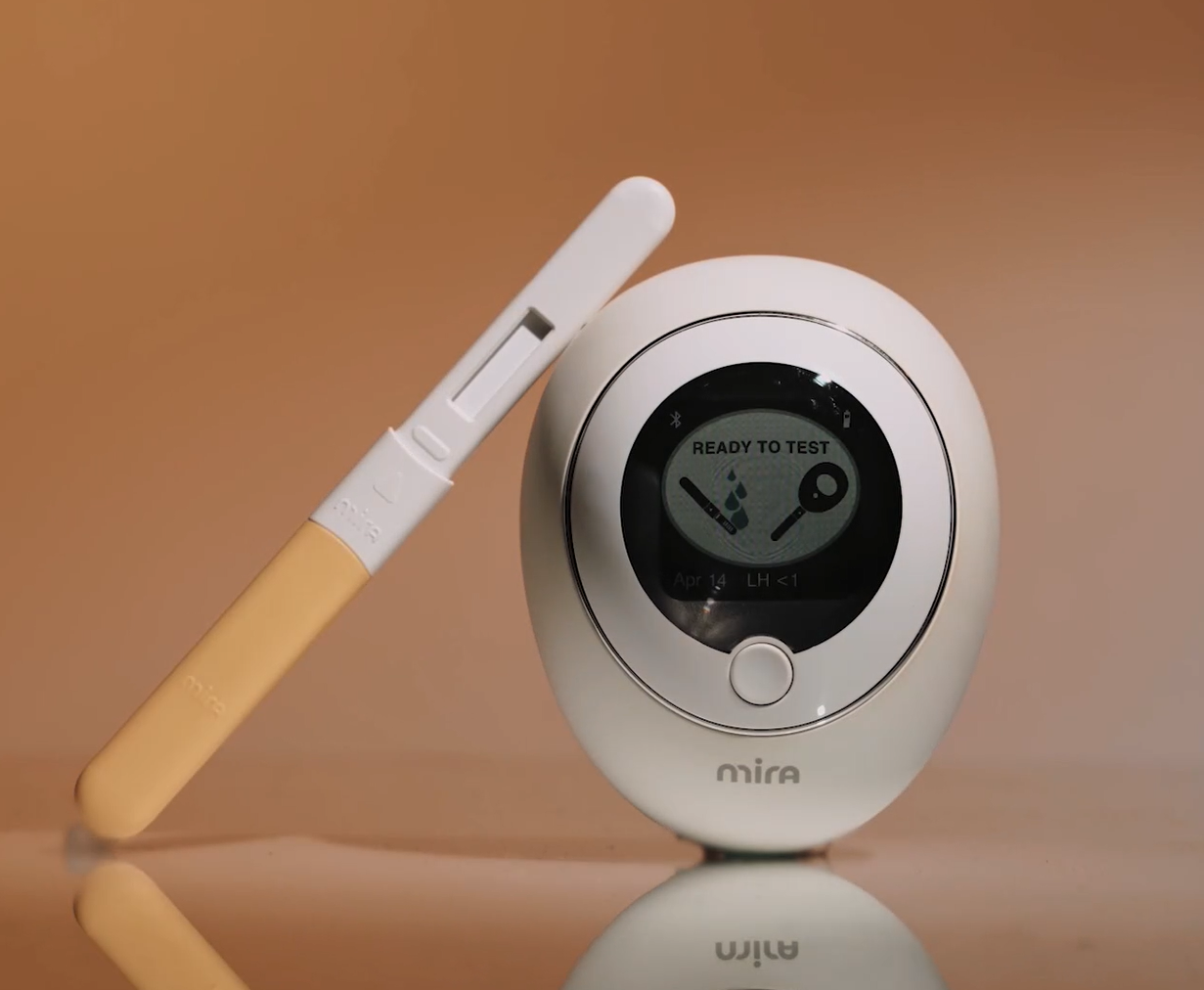BBetter Home Page › Forums › Female Health › Short cycles
-
Short cycles
Posted by Bahareh on September 3, 2025 at 6:04 pmHi B, hello Daniel
So with 48 I would still pride myself to have very regular cycles (28-30)
I am on liposomal DHEA as well as compounded progesterone. We monitor levels every 3 months.
During the summer (i was gone for 2 months = diet and routine was not as good as back home) i got my period on day 25, and once back on day 20.
Having said that i believe at this stage of peri menopause shorter luteal cycle can be common!? But is it anything concerning? I will surly make an appointment, but wanted to check with you first 😊
Thank you!
Bernadette_Abraham replied 2 months ago 3 Members · 6 Replies -
6 Replies
-
Hey @Bahareh !
I hope you liked Europe. You were in Germany, right? By the way, I think it’s great that you’re paying such close attention to the changes in your cycle. That kind of awareness can make a big difference during peri-menopause, because it helps spot shifts early and understand what your body is trying to tell you.
At 48, it’s very common to see cycles shorten a little (even if they’ve been steady for years). A shorter cycle usually just means the luteal phase was shorter. This can happen for a few reasons:
-
Ovulation “quality”: Even with progesterone support, the luteal phase depends on how strong ovulation was that month. If the follicle doesn’t produce much progesterone on its own, the cycle may still end earlier. Supplementation smooths symptoms, but it can’t completely “force” a full 14-day luteal phase if the ovary didn’t release strongly.
-
Stress and lifestyle: Travel, disrupted routines, changes in diet can all affect the brain-ovary communication (the HPO axis), just like stress. It’s likely that cortisol and circadian shifts can change ovulation timing, which shortens the whole cycle.
-
Peri-menopause itself: cycles naturally become more variable, and shorter luteal phases are often one of the first signs.
Most of the time, this isn’t concerning. What matters is the pattern: if cycles are consistently under 21 days, if bleeding becomes heavier, or if there’s unusual spotting, that’s the moment to look deeper.
Since you’re already on progesterone and DHEA and monitoring every 3 months, you’re doing already a lot of stuff that helps. The fact that it happened during a less structured period makes it likely that this was just a temporary blip. Do your regular check-up. Once you have your routine back for a few cycles, and the short cycles still persist, that’s the moment to see if your hormone support or dosing needs a little adjustment.
Still, I’d be curious to hear:
-
Did your flow or symptoms feel different with those shorter cycles?
-
Any changes in sleep, mood, or energy around them?
-
Now that you’re back in your normal rhythm, do you feel things are settling?
Bottom line: what you’re seeing is not necessarily a red flag. What matters most is the overall pattern.
-
This reply was modified 2 months ago by
 Daniel.
Daniel.
-
Daniel, thank you for clarifying 🙏🏻
Well, I had breast tenderness before and since I wasnt expecting the cycles that early, was a bit confused.
Sleep was better, however cortisol was high.
3rd period has yet to come, will for sure keep an eye on it.
Also, since we always test on day 21 if cycle, should I continue having shorter cycles, when is the best day to test?
-
@Bahareh – since you’re going through perimenopause and cycles are becoming less predictable, testing on Day 19-21 also becomes less reliable. I haven’t yet posted about my journey with Mira, but I think it’s a game changing test for women going through perimenopause/menopause. Instead of testing progesterone on 1 day which can be a complete guess during this phase, Mira allows women to test their cycles daily so they can see patterns and associated symptoms. It’s a convenient at-home hormone test kit that’s also really affordable. Like I said – game changing!
I loved the concept so much that I reached out to get B Better members an exclusive discount not available publicly. You can find it here in Discounts.
Before Mira came along, women during perimenopause can track ovulation with LH strips (ovulation predictor kits) and/or basal body temperature, then add 5 to 7 days after ovulation to estimate the best time to test progesterone.
That’s another option.
bbettermembership.com
B Better – Holistic Health & Wellness Community
Join B Better, a holistic health community offering expert advice, live Q&A sessions, and wellness resources. Start your free trial today and take charge of your well-being—no credit card required!
-
Oh my God! Thank you! Will look into it. I havent been here for sooo long but no other place I’d rather go to when I need answers and support! Thank you B 🙏🏻
-
-
@Bahareh – the menopause transitions kit. It measures FSH to determine your stage of menopause transition, LH to see if you ovulate, E3G to measure estrogen, and PdG to measure progesterone. The kit comes with 20 wands each so you can pretty much test your whole cycle after your period. Isn’t that so cool? I was so excited when I found out about this company. I’m exploring others too.
-
-
-
-
-
Log in to reply.
